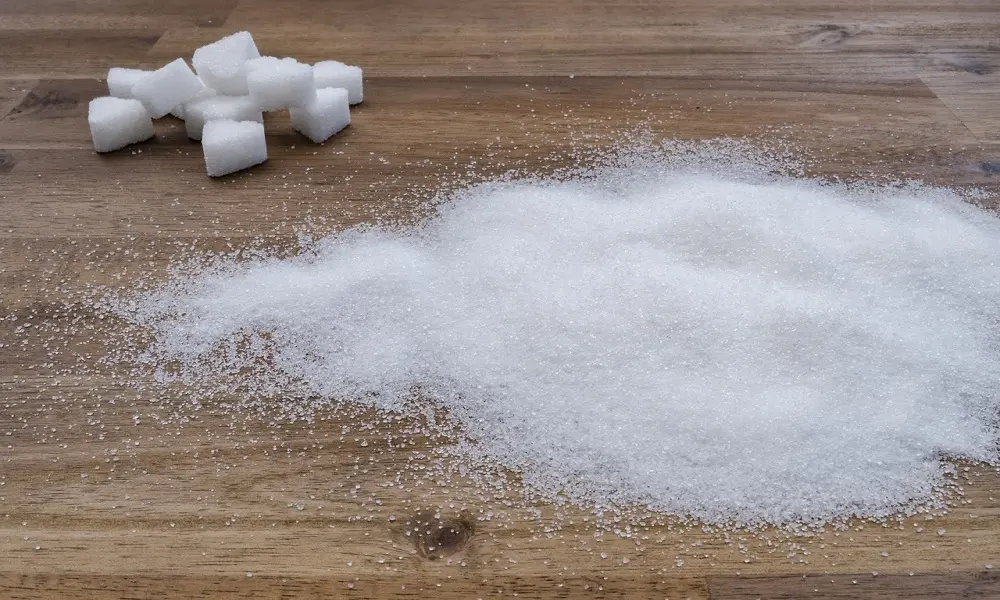Sweeteners are important ingredients used to add sweetness to our food and beverages. One of them is saccharin, known by the code E954. Saccharin is known for containing fewer calories and high sweetness than other sweeteners. I will explain saccharin’s properties, uses, and possible effects in this article.
What Is Saccharin (E954)?
Saccharin is an artificial sweetener and a chemical compound used in foods and beverages. It adds sweetness to foods and drinks by stimulating the sense of taste. The most commonly used form of saccharin is sodium saccharin, labeled E954.
It has a high level of sweetness. It is 300-500 times sweeter than sugar. Therefore, it may be sufficient to use it in very small quantities. At the same time its calorie content is also low. For individuals mindful of their calorie intake, saccharin is one of the most commonly preferred sweetener options.
Saccharin may leave a metallic or artificial taste in some people. However, not everyone may experience this effect in the same way.
Which foods contain saccharin?
Many food and beverage products contain saccharin. Sugary drinks, jams, various snacks, and chewing gums can be given as examples. The most common use is in low-calorie or diet products. These products appeal to people who are trying to control their weight or those who want to limit their sugar intake. Apart from these, it can be seen in cosmetic products such as toothpaste and oral care solutions.
Is saccharin harmful?
The safety of saccharin has been a topic of discussion for a considerable period. The FDA has requested that saccharin be removed from foods due to concerns that saccharin may be carcinogenic. He later revised this decision. The FDA re-approved the use of saccharin in 2000 and stated that it is safe.
Although there are some animal studies of the carcinogenic effects of saccharin, studies in humans have not confirmed these effects.
The established daily intake for saccharin is based on acceptable daily intakes determined by different health authorities worldwide. Here are some examples:
• United States of America: The US Food and Drug Administration (FDA) has set an acceptable daily intake of 15 mg/kg body weight for adults. For example, the acceptable daily saccharin intake for adults weighing 70 kg is 1050 mg.
• European Union: The European Food Safety Authority (EFSA) has set an acceptable daily intake of 5 mg/kg body weight for adults. For example, the acceptable daily saccharin intake for adults weighing 70 kg is 350 mg.
These intakes are guidelines set to reduce the health risks of the general population. However, some special circumstances, such as pregnancy or breastfeeding, individual health status, and other factors must be considered. If you have any health concerns, it’s important to consult your doctor or nutritionist.
Remember that a healthy lifestyle, a balanced diet, and consuming various foods are always the preferred approach.
Resources:
https://www.fda.gov/food/food-additives-petitions/aspartame-and-other-sweeteners-food
Altuğ T., Elmacı Y., Sweeteners (Ed. Tomris ALTUĞ), Food Additives, Sidas Medya, İzmir, 2009, p. 201-223.
